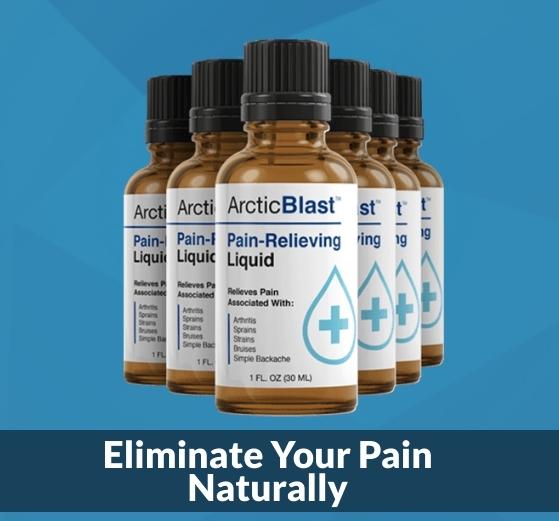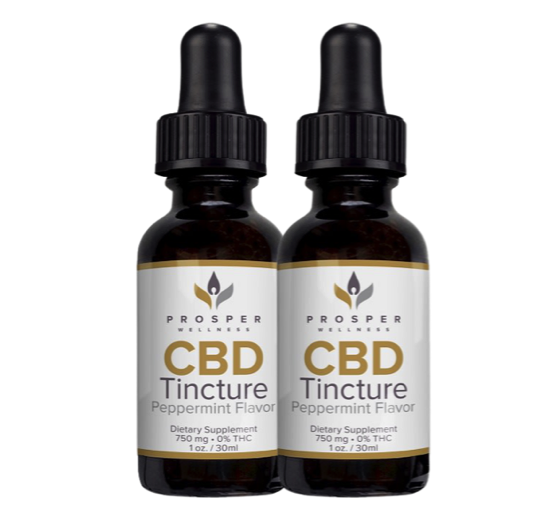by Margaret Matsumoto
I never thought I would end up working in a Midwest pharmacy for 30 years. Growing up in Hawaii, I also never knew that my favorite childhood beach was considered one of the prettiest in the world. It was where my father liked to fish, and that meant a free ride to the beach and a chance to be a mermaid with my sisters.
Living healthfully was a part of my family’s culture. I credit my mother (who would add bran to the rice cooker), the tropical fruits and flowers, beautiful mountains and the Hawaiian Islands’ clean fresh air.
But life at the pharmacy was different, though it was filled with some of the kindest people you would ever meet. The basic environment wasn’t about being healthy; it was about treating illness. It wasn’t about being proactive; it was about accepting outcomes. And it wasn’t about prevention; it was about quick and easy fixes. A sad fact is that most people came into our pharmacy because something was wrong, not because something was right.
Over my 30 years in pharmacy, I had the opportunity to observe people’s behavior. I discovered that for most people, doing what the doctor says is “good enough.” Discovering ways to heal oneself and take action is not a natural part of their thinking or lifestyle. Perhaps being bombarded by drug advertisements makes one’s psyche believe that being on drugs is a normal part of life. However, we know that it is not.
Stuart Lindsey, PharmD writes:
“I had a similar experience. After watching a customer not obviously get better from starting the blood sugar treadmill I became suspicious of all pharmaceuticals. If a prescription drug is made artificially, how can the body recognize it as a friendly molecule? How does the body know how to take it apart? In contrast, consider benfotiamine, a fat soluble derivative of thiamine. It can fix many things in the body you weren’t even aware they were broken. The cardiovascular effects are amazing and the effect on congestive heart failure has to be seen to be believed.”
I have seen drugs come to the market, take off like a rocket, and then later get pulled off the shelf for serious adverse reactions like strokes, heart attacks and death. But the drug company had already made billions. So much so that after all the lawsuits and payouts, they still come out ahead. One wonders if this is the actual business model for drug manufacturers. [1]
I love pharmacists; they are some of the most wonderful people on earth. Once, a customer came in and asked our pharmacist if she should take a drug to help build bones. I listened intently as he told her about the side effects and how the studies show that it builds bone but the bone that it builds is brittle. After hearing what he said, the customer quickly announced that she wouldn’t take the drug, but instead she was going to sell the drug manufacturers stock!
Over time I became known as the “vitamin girl.” I once gave a presentation about vitamin C to all our pharmacists, technicians, delivery drivers and corporate office employees. The room was full and I was nervous, but I was also well prepared and excited. Oh, to share information about my beloved C. I may have inspired at least one pharmacist, as years later he said to me, “To get better, you take more vitamin C, not less.” He got it!
In my pharmacy, I had several drawers (under the greeting cards) that were labeled with my name. They were filled with vitamin C books, handouts from the vitamin manufacturer, and articles that I personally printed and made copies of. It was my treasure trove! I gave out the phone number for the Riordan Clinic and the web address for Orthomolecular.org to anyone who would take it. My intent was to inspire and give hope. It was never “do this or do that” but instead education with empathy. I knew people needed to feel comfortable with incorporating something different into their traditional care.
And that is why, when I read the story of “My Journey Out of a Grim Diagnosis” by Kenneth F. Hack, DC, it brought tears of joy to my eyes. I was overwhelmed by his courage and his determination to heal with the help of IV C. Bravo sir, bravo! May you inspire the world!
(Margaret Matsumoto worked as a lead technician in the busiest independent pharmacy in her city. She left the company, unbeknownst to her, just months before it was sold to CVS. She continues to work in pharmacy for an organization that manages Medicare and Medicaid.)
References
- Wadman M. Merck settles Vioxx lawsuits for $4.85 billion. Nature (2007) https://www.nature.com/articles/450324b
This article was taken from the Orthomolecular Medicine News Service
To view their archive please go here or to subscribe please click here

